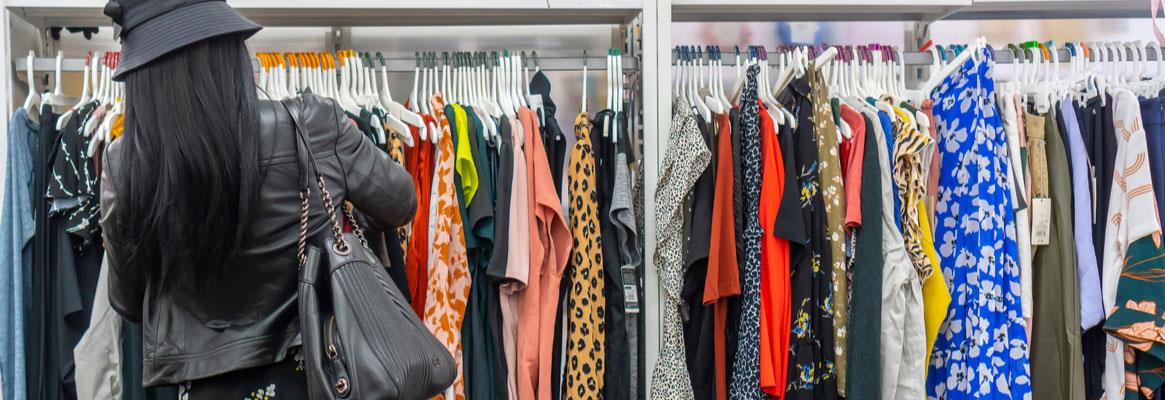Even as the economy has taken a hit due to the ongoing pandemic and the resultant social containment measures, the apparel industry has been particularly struggling to stay afloat. With overflowing inventories, cancelled orders and sales hitting a record low at 84 per cent (based on a CMAI survey), it has been a downward slide all the way. For an industry which employs more than 45 million people and contributes to 15 per cent of the country's exports, this is a massive wake-up call. The manpower shortage stemming from the recent reverse migration has further compounded this challenge.
However, just like most adversities, this is also an opportunity for the sector to reset itself for the long haul. Although Covid-19 has been the immediate nemesis, the industry needs to make structural changes as well as short-term adjustments for it to emerge as a competitive world-class apparel economy.
How should the industry go about it?
First, we have to tighten and streamline the entire manufacturing value chain processes from yarn making to weaving to fabric processing and finally apparel making with a view to maximise our domestic production capabilities and improve efficiencies. There is an urgent need to improve our weaving and fabric processing through investments in technologies, upskilling and economies of scale given that most lie in small informal sector with inadequate and unreliable power and other infrastructural support systems. In addition, we have to improve our speed-to-market in light of most low-cost high fashion retailers' faster delivery business models with Standard Allowed Minute (SAM) being one critical metric where we lag. So, we have to make our factories more Fast Fashion Industry (FFI)-compliant. At the same time, we need to move from the 6 month-seasonal production cycle to a full-year one where full capacity utilisation occurs vis-à-vis the costs involved.
Second, the digitisation of value chain must be embraced. This will not only allow a leaner and more realistic inventory imparting flexibility to the whole supply chain but also catalyse more nimble-footed businesses with faster turnaround times. Digitally connecting with both buyers and suppliers in B2B and B2C modes imply it will be better prepared to respond to a situation such as one created by Covid-19.
Third, the industry must think beyond cotton. Besides strengthening its comparative advantage in cotton further, the industry should pivot towards man-made fibres (MMF) in a big way. With widespread use of synthetic fibres across formal, fashion or sports categories as well as the rising popularity of semi-stitched garments, the Indian industry must adapt and upgrade to the needs of this increasing trend. That synthetic apparel accounts for 70 per cent of world trade must be some food for thought for the industry. For the government's part, it must reduce import duties on synthetic raw materials such as PTA, PSF, PFY, acrylic fibres, etc with a view to promote a more competitive domestic MMF sector.
Four, the industry should also consider developing a garments/fashion accessories product market domestically. With 90 per cent of those including zippers, buttons, needles, pullers, badges, lapel pins etc coming from
Five, in light of Covid-19, there has been a shift in consumer preference from what can be called the fashion quotient of the industry to the health and sanitisation quotient. It is likely that the apparently temporary migration of many industry units to production of medical textile products such as masks, disposable gloves and wipes may become somewhat permanent in the medium term. Concurrently, as the pandemic gives rise to certain lasting behavioural changes in terms of consumer behaviour spurring a demand for more sanitised clothing items with proven anti-microbial properties, the industry requires recasting itself as a health-compliant business. This would also raise the general product quality of Indian apparel products at all levels adding to the competitiveness of the industry in the global market.
Six, mindful of the unenviable record of the industry on pollution and therefore for the sake of sustainability, the industry should contemplate the evolution of a circular textile/apparel economy. Through increased use of recycled material and offering innovative business models such as rental, subscription-rental and e-commerce, a sustained green apparel economy can be achieved. Towards this end, while AI can be deployed for quality control, blockchain-enabled data management system can offer openness and traceability in the supply chain.
Seven, the government must play its role by creating a policy climate conducive to the health of the industry through timely release of dues under Technology Upgradation Fund Scheme (TUFS), extension of moratoriums on loans and GST refunds in the short term, and reduction of import duties on raw material and export subsidies, among others in the long term.
Therefore, as global textile/apparel supply chains shift with India increasingly emerging as an alternative manufacturing hub on account of Covid-19 as well as the periodic trade wars between US and China, the Indian industry must seize the opportunity with both hands. While developing scale and quality internally, it should also explore new markets beyond US and









Comments